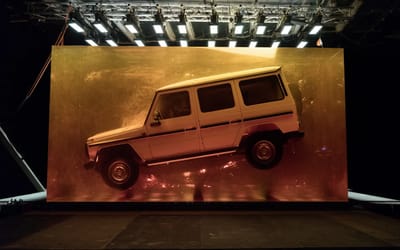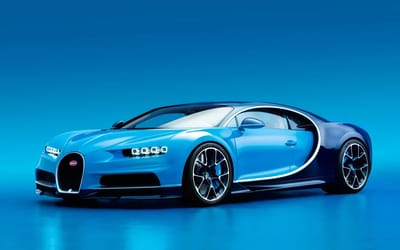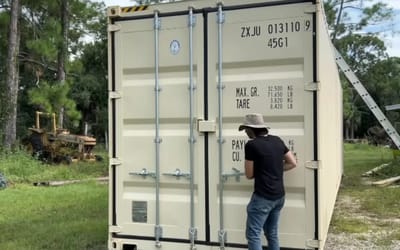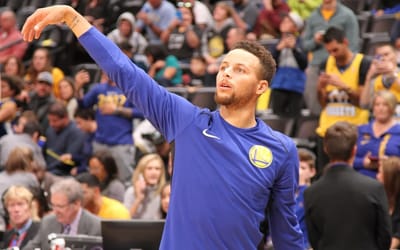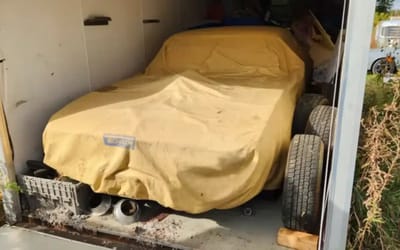Tesla full self-driving user in China shares what it's been like after months of use
Published on Jul 03, 2025 at 4:42 PM (UTC+4)
by Keelin McNamara
Last updated on Jul 03, 2025 at 4:42 PM (UTC+4)
Edited by
Keelin McNamara
Tesla Full Self-Driving has been in the hands of drivers for a while, and now, real-world feedback is starting to roll in.
The software has been steadily rolled out since the beginning of 2025.
One of the biggest markets for Tesla Full Self-Driving is China.
And it appears locals have some strong opinions on it.
DISCOVER SBX CARS: The global premium car auction platform powered by Supercar Blondie
Tesla Full Self-Driving takes on China
Tesla’s Full Self-Driving system was launched in China in February of this year.
Despite no notable updates, it appears that the Chinese market has taken to the technology ahead of other parts of the world.
And the tech is ahead of the curve.
An EV watcher on Twitter/X called @ray4tesla has released a very interesting post.
FSD was rolled out in China on February 25, 2025. There has been no public update since then. I just watched a video comparing FSD to Huawei ADS. Even with reduced capabilities, training limitations and constrained by regulatory oversight, FSD is better than ADS in a number of… pic.twitter.com/FOBAl7Rpjr
— Ray (@ray4tesla) July 2, 2025
The post references a driver who has been using the Tesla’s technology for two months.
This person in China offered a very positive, glowing review of the Tesla Full Self-Driving experience.
They described a well-calibrated, human-like driving experience.
If anything, the only criticism offered was that the system was almost too cautious on the roads.
“In the two months I’ve been using FSD, I haven’t had even a single safety intervention,” they said.
How Tesla’s FSD compares to Huawei’s rival system
This test of Tesla’s tech was conducted in direct comparison to a main rival.
The user in question found themselves testing the Tesla against the Huawei ADS system.
An Aito M9 SUV was tested for around 90 minutes – and Huawei’s system struggled.
According to the tester, the Huawei system had four safety interventions in just 30 minutes.
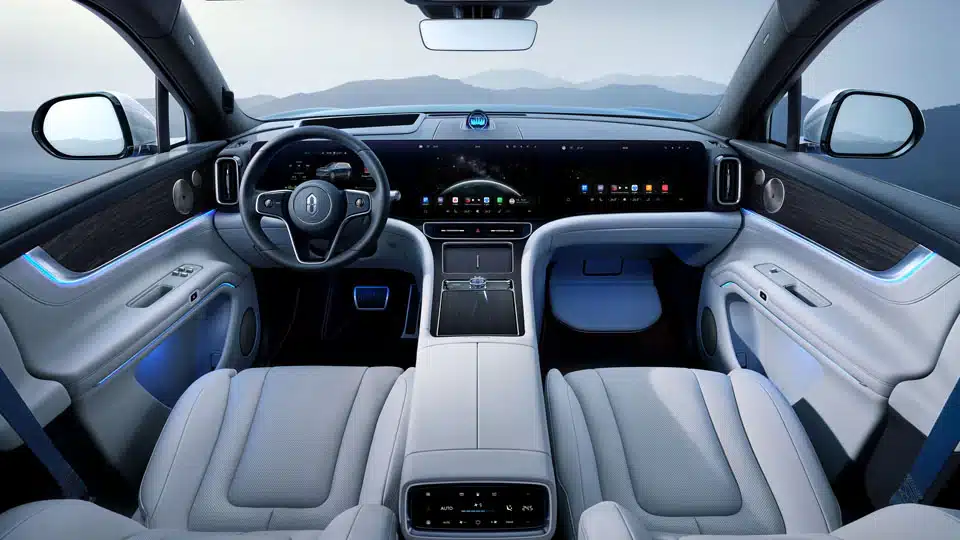
“In construction zones and on rough roads, there were four safety interventions in just 30 minutes.”
“And if you know what a ‘safety intervention’ means — that’s essentially four near-collisions.”
If this comparison is anything to go by, then Tesla Full Self-Driving appears to be winning over drivers.
Click the star icon next to supercarblondie.com in Google Search to stay ahead of the curve on the latest and greatest supercars, hypercars, and ground-breaking technology.
Keelin McNamara is a content writer at Supercar Blondie from Ireland, covering cars, technology, and lifestyle. Despite being a Law graduate, he discovered his passion for journalism during the COVID-19 pandemic, and has worked in the industry ever since. Outside of work, he is an avid MotoGP fan, and is a self-confessed addict of the sport.
